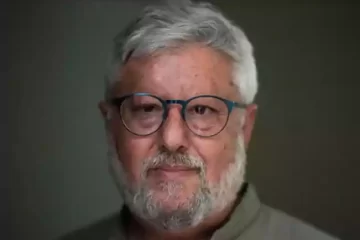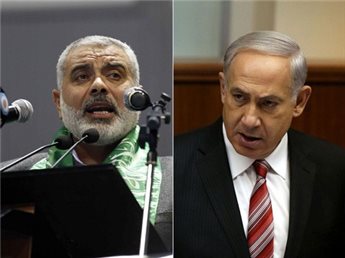The two-state solution is not yet dead; it is close to death, but it is still too early to bury it. This is true, mainly because the basic root causes of the conflict have not changed: the willingness of two collectives of people who each define themselves as a nation and have demonstrated the preparedness to fight, die and kill for a territorial expression of their identity. Both of these peoples relate to the same piece of territory, and claim that they took their identity from that territory and that they have given it their identity. Neither side is willing to give up their demand for self-determination within that territory or their willingness to live in a non-nation-state framework.
When I encounter people on either side who claim to advocate a “one-state solution” and I ask some probing questions about how they see that state, Israelis generally describe it as a Jewish state and Palestinians generally describe it as a Palestinian state. No framework other than the basic two-state solution provides answers for both sides’ demands at the same time.
However, the paradigm that developed throughout the failed Oslo process of the two-state solution based on “us here and them there” – or what is commonly called “separation,” or incorrectly called “divorce” – is one that cannot and will not lead to peace. The two-state solution based on walls and fences and total separation is not only unworkable, it is a disaster for both sides and needs to be dismissed from our political lexicon and thinking. Only genuine cross-border cooperation, as originally conceived by the Oslo Professors (Hirschfeld and Pundak) has the potential to lead to a genuine process of reconciliation and peace.
The ease with which politicians in Israel and Palestine declare that we want peace but we have no partner is an indication of the lack of desire to have a real partner for peace, and the lack of effort to build partnerships – and it does take two to tango. I tried to convince Isaac Herzog of the need to demonstrate partnership with PA President Mahmoud Abbas prior to the 2013 elections, and he actually agreed to enter into a secret back channel negotiation. But when their representatives reached agreements, Herzog refused, at the advice of his political strategists, to disclose the results to the public. They told him not to mention the Palestinian issue or to meet Abbas in public, who was even prepared to have a joint press conference with him.
In 2017, I tried to convince Labor Party leader Avi Gabbay to meet with Abbas and for them to both declare that they have a partner – and Abbas was prepared to meet. Gabbay refused to meet him, in public or in private, thinking that this would drive voters away from supporting him. In the end, he was rejected by voters for not having a political spine.
The public will not believe there is a partner for peace on the other side as long as their leaders continue to shout that there is no partner. Each side’s behavior towards the other is based on the non-existence of a partner for peace, which strengthens the non-existence of a partner in reality. While each side overwhelmingly tells itself that it wants peace, it continues to claim that the majority on the other side does not. Despite popular belief on both sides, a majority of people on both sides really do want peace – and a majority of them would be prepared to pay for peace with significant concessions on positions believed to be steadfastly held.
PEACE PROCESSES are based on real concrete steps that change realities, but those steps are usually supported by words and deeds that shape consciousness and influence the psychological dimensions of how people relate to the peace process and its desired outcomes.
Oslo was a failure for many reasons. It was predicated on the rationale of building confidence and trust that would enable the confronting of the core issues, which was postponed to later phases. I contend that a successful peace process must be built with the same rationale of building trust and confidence, but that is only possible by starting from the end. Political leaders who can coherently articulate a meaningful end state that falls generally within the bounds of what we know is a plausible two-state solution – and then demonstrate a genuine willingness to develop a partnership – will find significant support of their political field, going beyond the normal “Right-Left” divide. This must include the articulation of the cross-border cooperation paradigm, and not the anti-vision description of separation. “No peace and no war” that we have gotten so used to accepting without challenge.
If Blue and White leader Benny Gantz truly wants to be the next prime minister, he must distinguish himself from Prime Minister Benjamin Netanyahu more than on claims of integrity and honesty. He must present a vision of peace that is based on cross-boundary cooperation. He must distinguish himself from others on his own team who continue to preach the no-partner myth, and he must demonstrate that he knows how to create partnerships with our neighbors. We don’t need a prime minister who mimics the one we already have – we need someone with a vision and a plan to turn the vision into reality.


